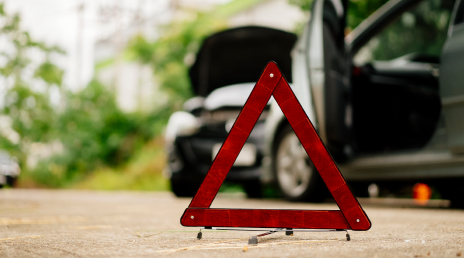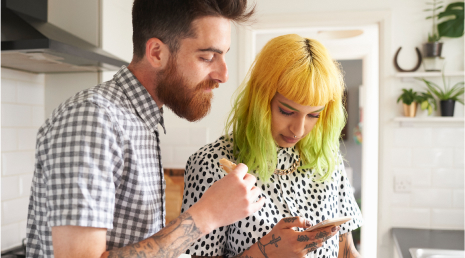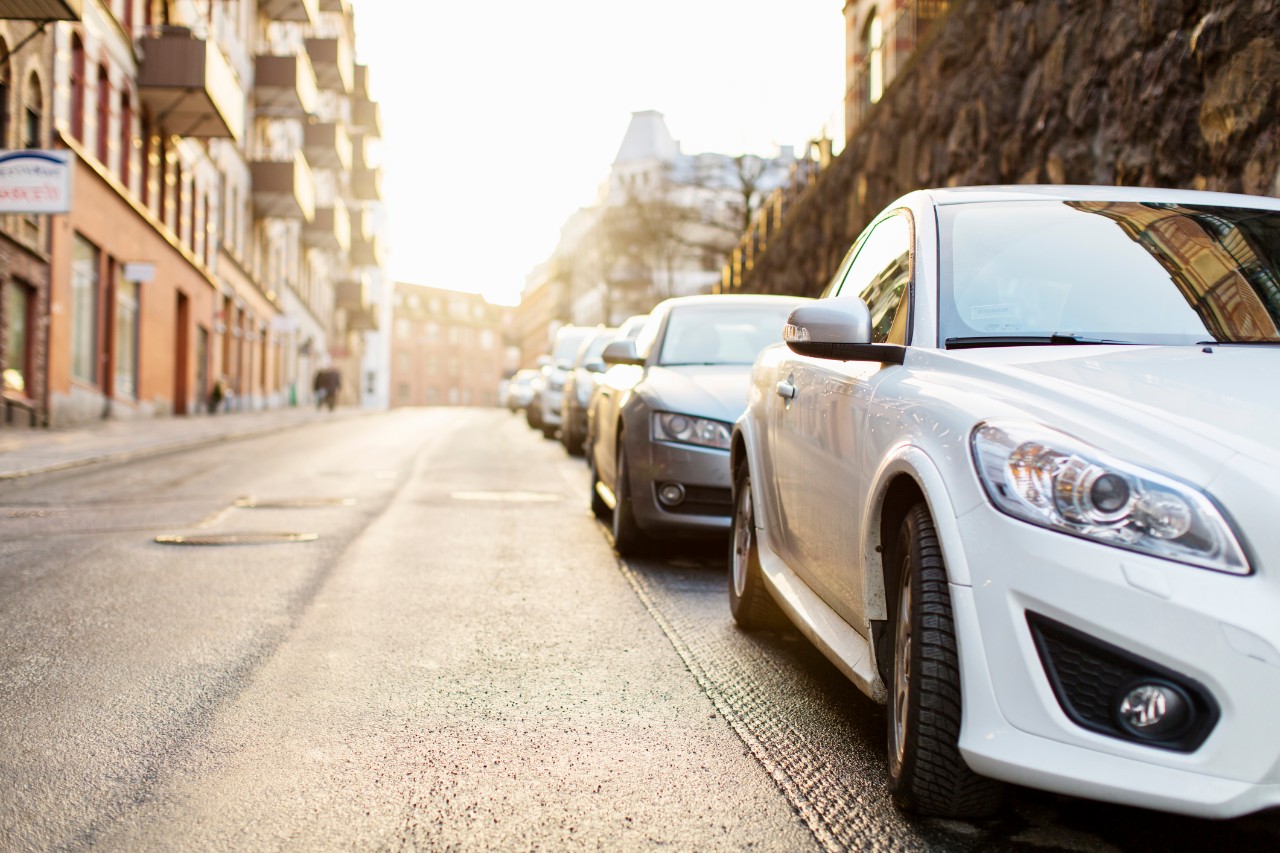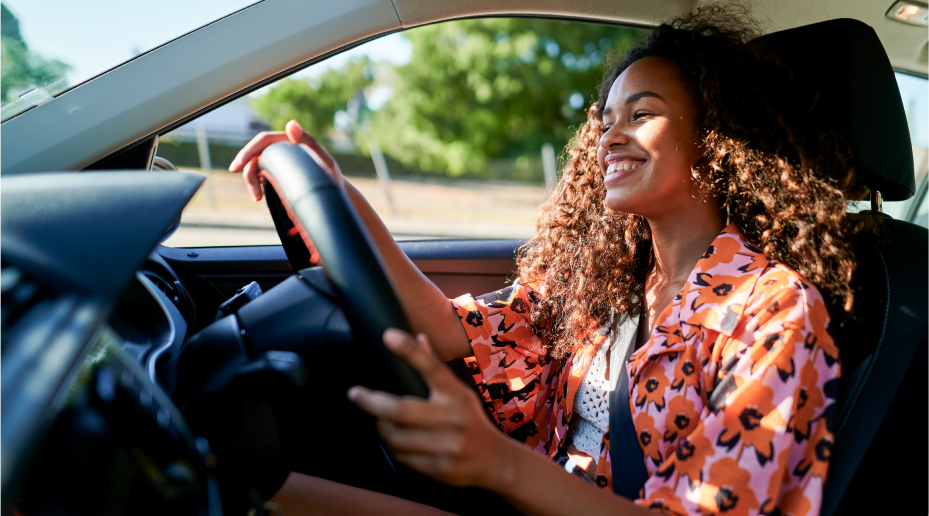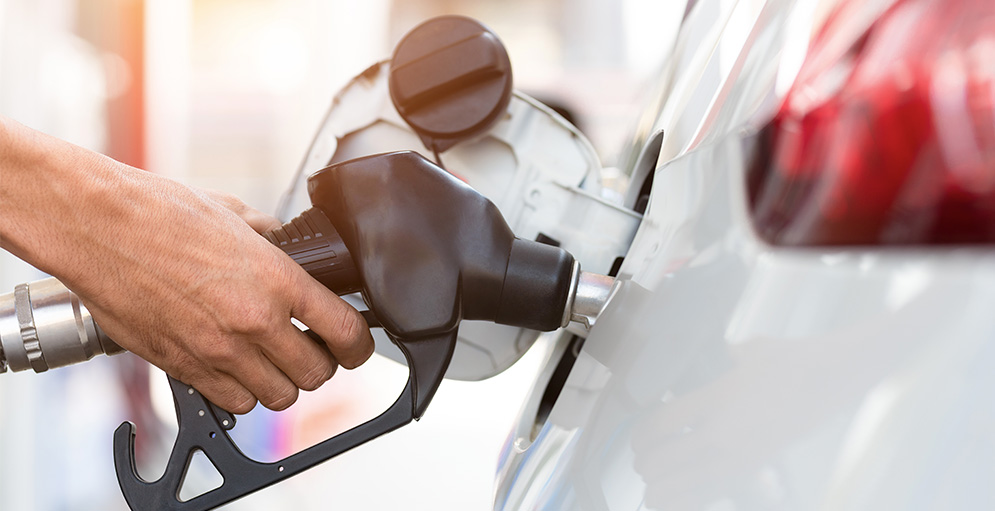The effects of driving tired and how to drive safely
Ever been on a long drive where you just wanted to push through without stopping?
You might tell yourself you can make it a little further or one more motorway junction won't make a difference. But driving when you're tired is more than just a mild inconvenience - it's a serious safety risk.
Avoid temptation to drive when you’re tired
Here are some essential tips to help you stay alert and reduce the chance you’ll have an accident:
- Plan breaks on your road trip to relax and recharge.
- Take a 15-minute break every two hours when driving long distances.
- Stop for at least 45 minutes after every 4.5 hours of driving to help fight fatigue.
- Keep your daily driving limit to no more than 9 hours.
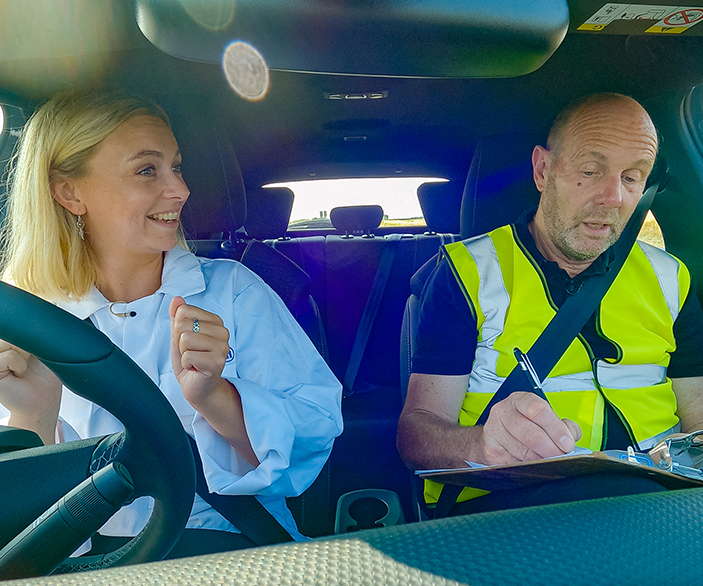
Before a long drive, you can plan your journey in advance to stop at services for a much-needed rest. Stopping on the hard shoulder is dangerous and should be avoided.
The science behind sleepiness
Everyone knows a lack of sleep leads to fatigue, which reduces our driving ability and puts everyone's safety at risk.
Watch out for the warning signs of being tired when driving, including:
- Difficulty concentrating
- Yawning
- Heavy eyelids
Lots of drivers still underestimate the danger of driving tired but award-winning driving safety expert, Paul Ripley, knows the risks: “Driving when you're tired isn’t just about feeling a little sluggish - it seriously affects your ability to react, make decisions and control your vehicle safely.”
To better understand the effects of driving when tired, we ran an experiment comparing tired drivers, who’d had less than 2-hours sleep, and non-tired drivers, who were rested as normal.
Our participants completed four driving tasks under controlled conditions. The results revealed clear evidence that driving while fatigued is a serious hazard.
What our tired-driving data shows
After reviewing the results and discussing with expert instructors, Paul observed that drivers from various age groups and experience levels all showed a decline in performance when fatigued.
He noted that tired drivers often made critical errors in judgement, particularly in quick decision-making scenarios. For instance, during a hazard recognition test, some drivers turned in the wrong direction, despite clear instructions, highlighting the dangers of fatigue.
The overall test results showed the tired drivers made twice as many mistakes as those that were well-rested. Paul concluded that our “experiment shows a lack of sleep can make you a danger on the road.”

The test results for each exercise showed the difference in ability between the two control groups:
- Emergency braking – tired drivers took longer to stop (3.87s vs 3.69s), increasing the risk of a collision when driving.
- Parallel parking – fatigued drivers took longer (42s vs 37.5s) and made more errors (8 vs 4).
- Slalom exercise – tired drivers were slower (26s vs 23s) and less precise (7 errors vs 4).
- Real-world course – fatigued drivers scored lower (71% vs 77%) and made more minor errors (21 vs 10).
Perhaps what’s even more alarming is that most tired drivers weren’t aware of the impact their drowsiness was having on their driving. Following each test, the drivers were asked how they felt they performed.
The tired drivers all said they felt confident in the test situations and thought they’d performed well, unaware of the errors they’d made. This over-confidence and lack of awareness could prove incredibly dangerous in real-life, on-road situations.
The real-world impact of driving tired
Our data shows that fatigued drivers have slower reaction times, reduced focus and less control at the wheel.
In the UK, fatigue is tied to 10-20% of crashes. Our claims data also shows most serious accidents happen in the early hours of the morning. At 1.30am, over half (54%) of accidents lead to vehicles being written off, compared to just 23% at 6pm.
The average claim in 2023 at 1.30am was nearly £8,000, while late afternoon accidents cost around £5,700. As the night wears on, costs soar, with 4am claims averaging over £20,000 in 2023, and a staggering £50,000 in 2022.
Despite these risks, 80% of drivers admit their skills and safety drop when they're tired, yet one in four can't recognise the signs of fatigue.
Driving tired is a serious concern and it’s crucial you make sure you’re covered by a suitable level of car insurance in the event of an accident.
Tips for drivers and how to avoid tired driving
We’ve put together some useful practical tips on how to drive safely and keep your focus sharp:
- Talk to your doctor about any sleep issues that may affect your ability to stay alert.
- Make sure you get 7-8 hours’ sleep before hitting the road and take breaks every two hours to stay fresh.
- Ride with a friend who can drive, so you can take turns behind the wheel.
- Have caffeinated drinks before you leave and be sure to set off at a reasonable time.
- Be aware of medications that can cause drowsiness and know their effects before driving.

Taking these tips into account and being aware of high-risk times like early morning (2am-6am) and afternoon (2pm-4pm), you should prioritise your safety and others on the road and help keep the tiredness at bay.
Driving while tired is a serious risk. By listening to the expert’s warnings and taking the necessary precautions and breaks, you can protect yourself and other road-users.
But even the safest drivers need backup. Make sure you’re covered with car insurance, so you can drive with peace of mind, no matter the situation.












